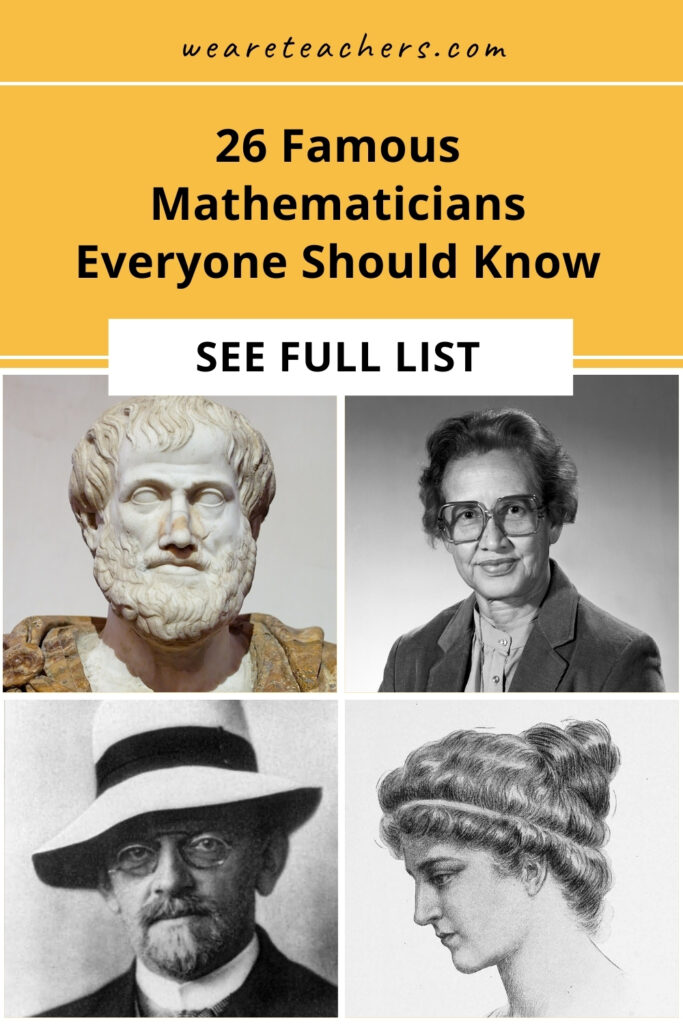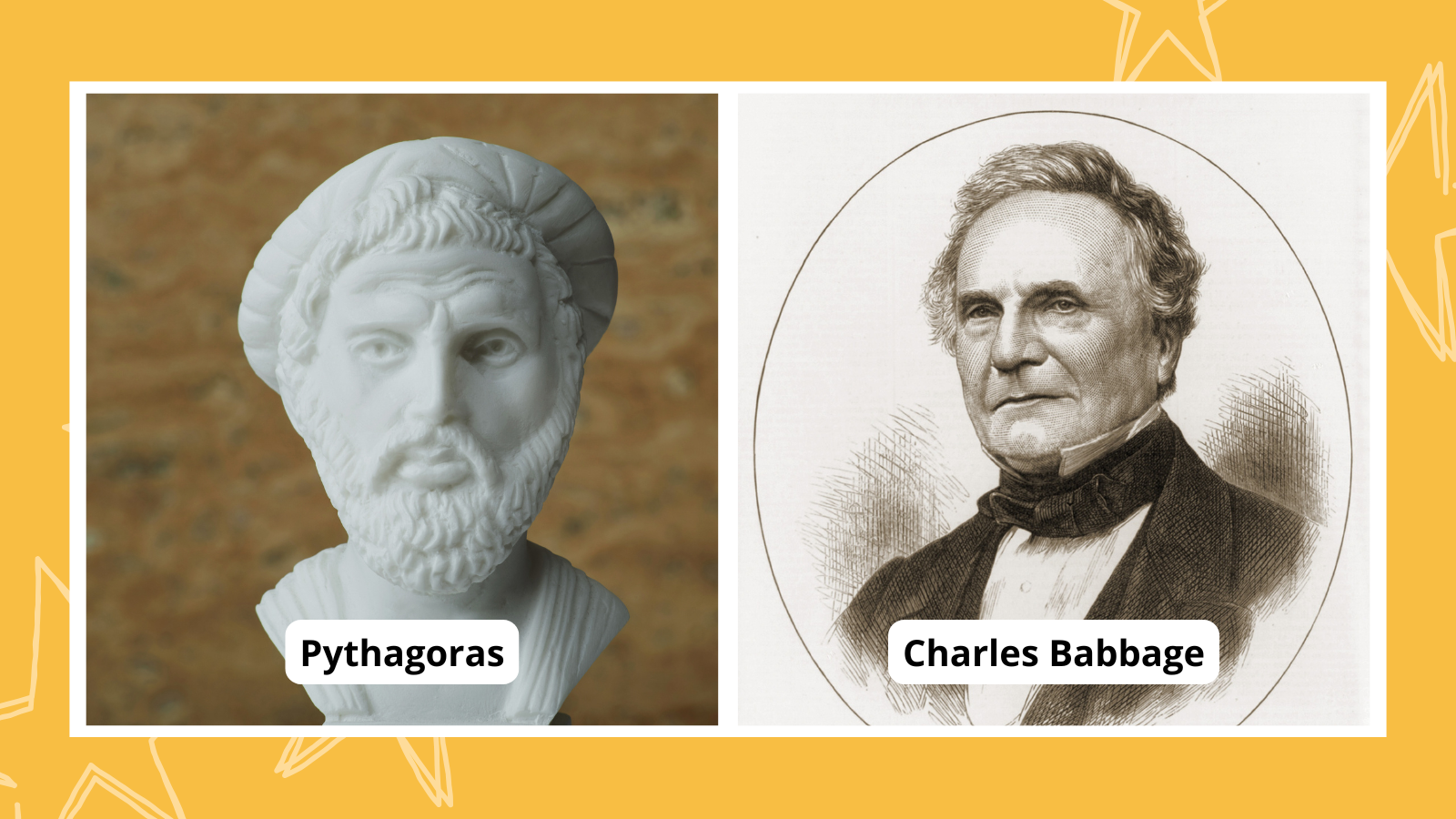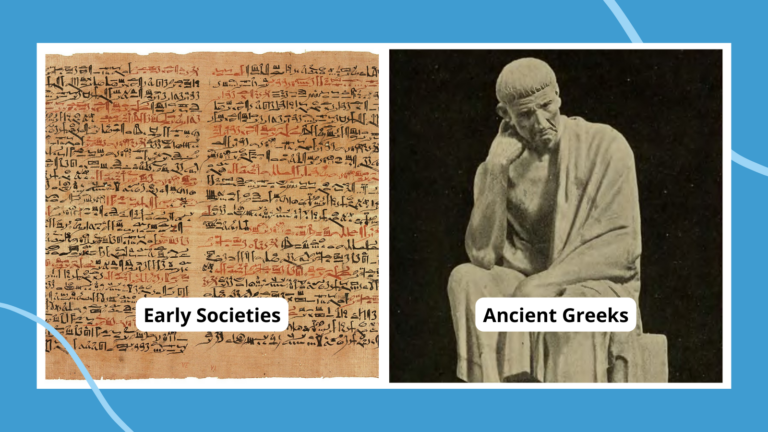As students learn math, it’s important for them to know that mathematics is more than just numbers and shapes. It’s also about famous mathematicians—the people, personalities, and discoveries that shaped what we know about math today. These 26 famous mathematicians show us how math discoveries have shaped history, come from all around the world, and are still happening today.
Thales of Miletus
Modern Turkey, 626–548 B.C.E.
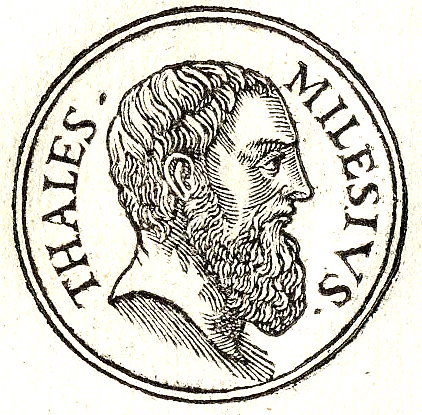
Thales of Miletus used geometry to calculate the heights of pyramids and measure the distance from ships to the shore. He also discovered five geometric theorems and ideas:
- A diameter bisects a circle.
- Angles opposite two equal sides of a triangle are equal.
- Opposite angles of two intersecting angles are equal.
- An angle inside a semicircle is a right-angle triangle.
- When we have the length of a triangle’s base and two angles at the base, we can determine the triangle.
His work sounds easy to us, but it was groundbreaking at the time and set the stage for other famous mathematicians and Western philosophers, like Socrates.
Learn more about Thales of Miletus at Britannica.
Pythagoras
Greece, 570–500 B.C.E.
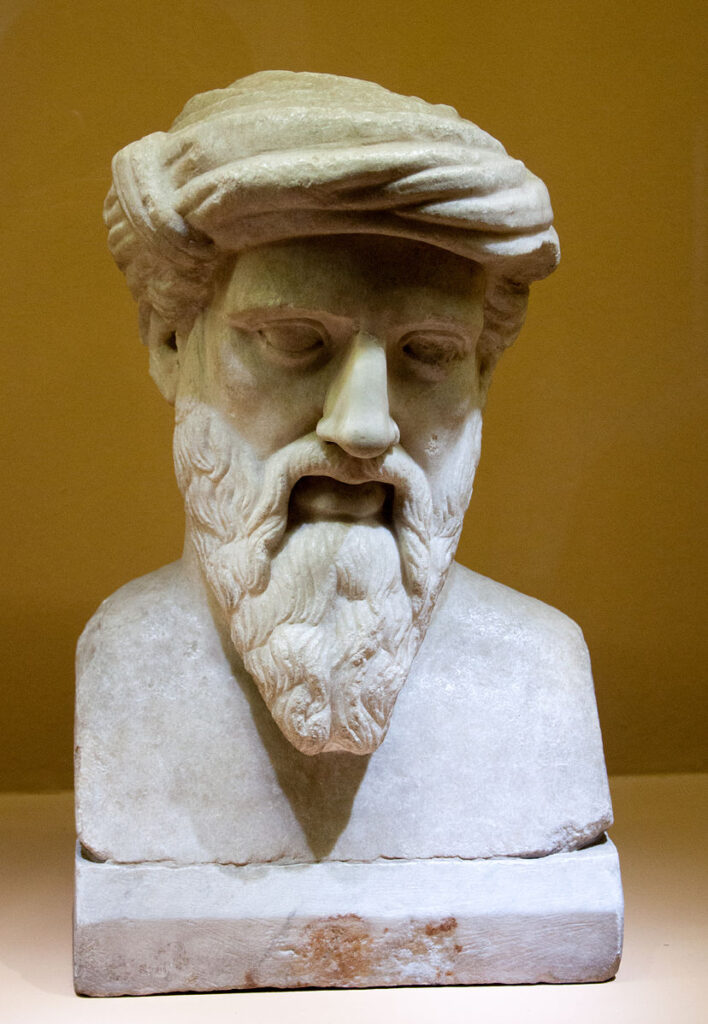
Pythagoras (remember his geometry theorem?) was a Greek philosopher, mathematician, and more. His ideas had a big impact on Western philosophy and the development of mathematics. He didn’t leave any writings, so it’s hard to figure out exactly what originated with Pythagoras and what came from his followers, including other mathematicians. But it’s generally agreed that he created the theory of functional numbers and the Pythagorean theorem for right triangles.
Learn more about Pythagoras at Britannica.
Euclid
Egypt, c. 325–265 B.C.E.
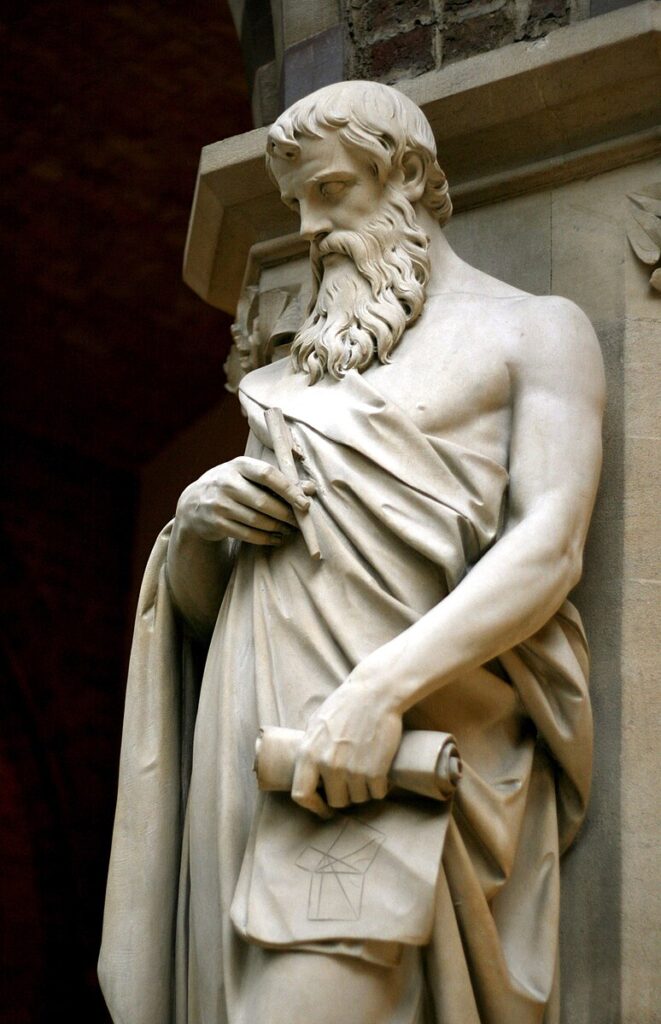
If you’ve studied geometry, you’ve heard of Euclid. He was known as the Father of Geometry. Euclid’s most famous work is The Elements, his writing about mathematics. It was the center of math instruction for 2,000 years. In The Elements, Euclid lays out five postulates that are the foundation of geometry. Postulates one, two, and three are about lines, points, and circles. Postulate four states that all right angles are equal. Postulate five is about the nature of parallel lines. A lot of what Euclid did seems obvious to us now, but that’s because Euclid laid it all out so other scholars could build on it.
Learn more about Euclid at Story of Mathematics.
Aristotle
Greece, 384–322 B.C.E.
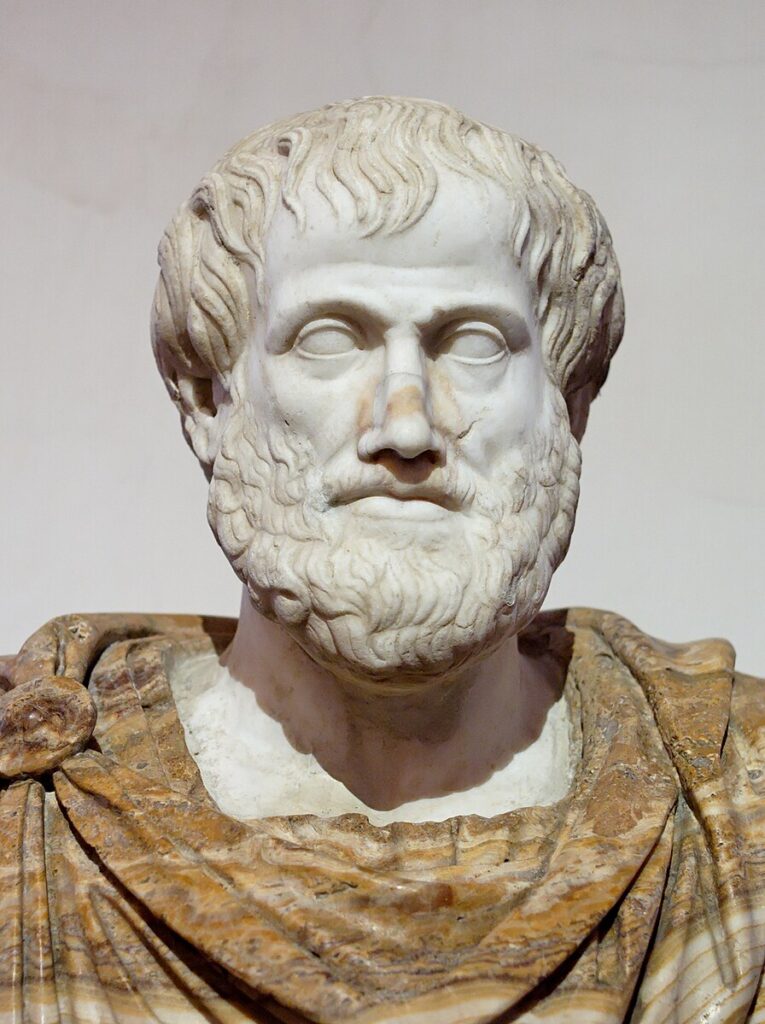
Aristotle is known for being a philosopher, but he was also one of the most famous mathematicians (and also studied geology and medicine, among other things). He helped define math entities like point, line, plane, solid, circle, number, and even and odd, and defined concepts like prime numbers.
Learn more about Aristotle at Britannica Kids.
Archimedes
Sicily, 287–212 B.C.E
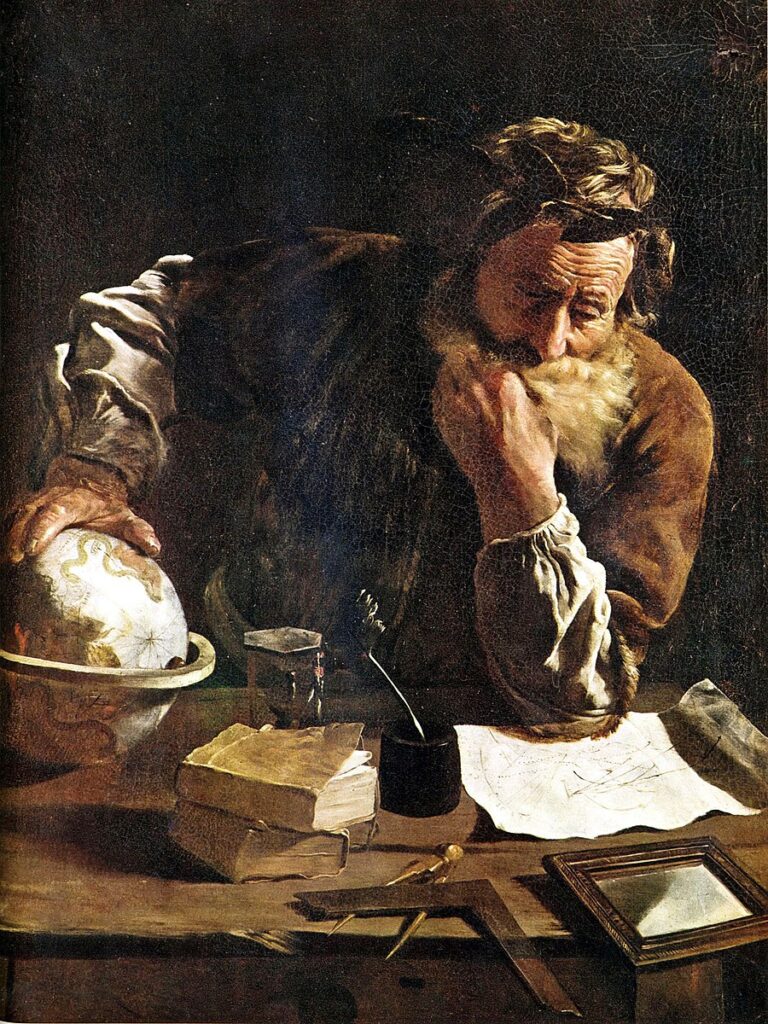
Archimedes spent his life trying to find math formulas that were related to physics. He’s known as the inventor of pulleys and pumps, but his main interest was math. He worked in geometry, making discoveries about spheres, cylinders, circles, and parabolas. Perhaps he is most famous for calculating the value of pi using the “method of exhaustion.” To do this, Archimedes drew a regular polygon outside a circle and a smaller polygon inside the circle. He doubled the number of sides in each polygon and calculated the length of each side. As the number of sides increased, it became a more accurate approximation of a circle. When the polygon had 96 sides, he could determine pi.
Learn more about Archimedes at World History Encyclopedia.
Eratosthenes
Egypt, c. 276–195 B.C.E.
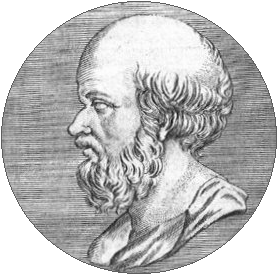
Eratosthenes was known for his exact calculation. He calculated Earth’s circumference and axis tilt. Both were accurate and became well known during his lifetime. To calculate this, he used the noon shadow at midsummer at one point where the sun was so far away that the rays were parallel, then used the distance between two points on land to calculate the circumference. He also worked on prime numbers. His Sieve of Eratosthenes, or a way to find the primes smaller than n when n is less than 10,000,000, is still an important tool in number theory.
Learn more about Eratosthenes at World History Encyclopedia.
Hipparchus
Greece, 190–120 B.C.E.
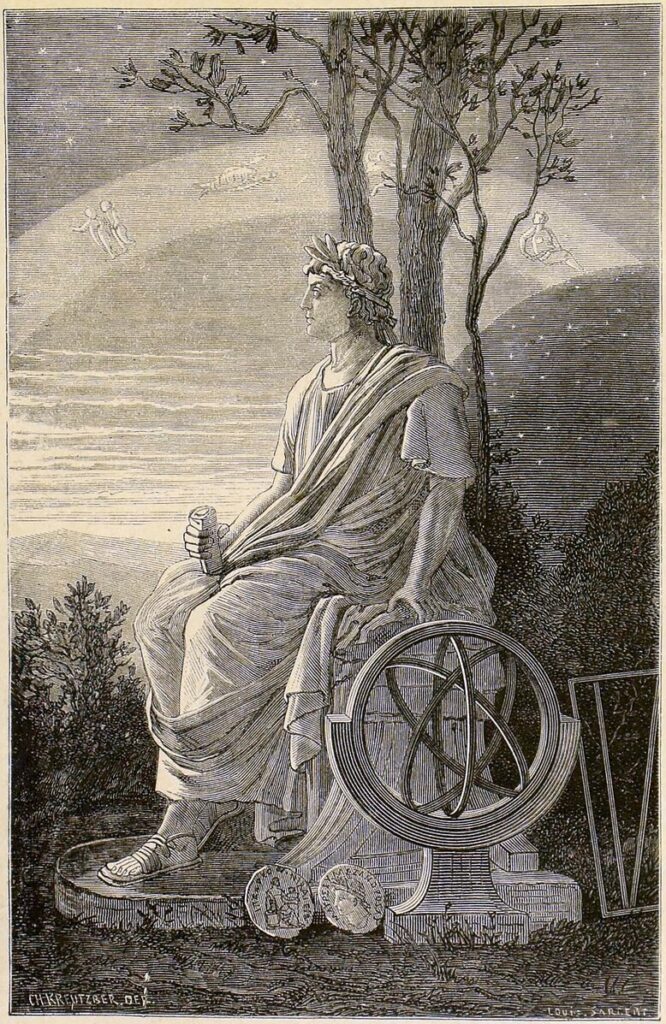
Hipparchus is known first for his astronomy, including creating models for how the sun and moon survive. In math, he developed trigonometry, built trigonometric tables, and solved problems of spherical trigonometry. Using trigonometry and his theories about the sun and moon, he developed a reliable way to predict solar eclipses.
Learn more about Hipparchus at Britannica Kids.
Heron of Alexandria
Egypt, c. 10 B.C.E. to 75 C.E.
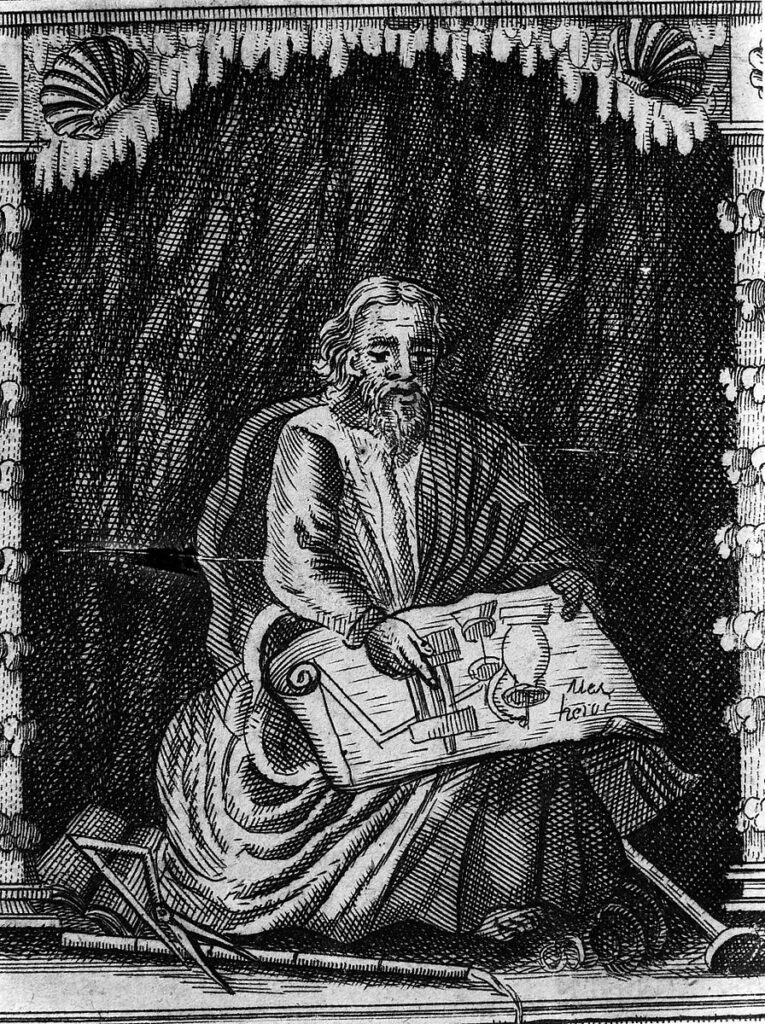
Very little is known about Heron of Alexandria’s life, but he left behind 13 books of his writings. In math, Heron was most famous for Heron’s formula, the formula for finding the area of a triangle using the length of its sides. But Heron’s work did not stop there. He also worked on the areas of quadrilaterals, polygons, and surface and volume of cones, cylinders, prisms, and more shapes. If you’re working with a geometric formula, Heron likely studied it. Heron also gave a formula for finding the cube root of a number.
Learn more about Heron of Alexandria at Britannica.
Ptolemy
Egypt, 100–170 C.E.
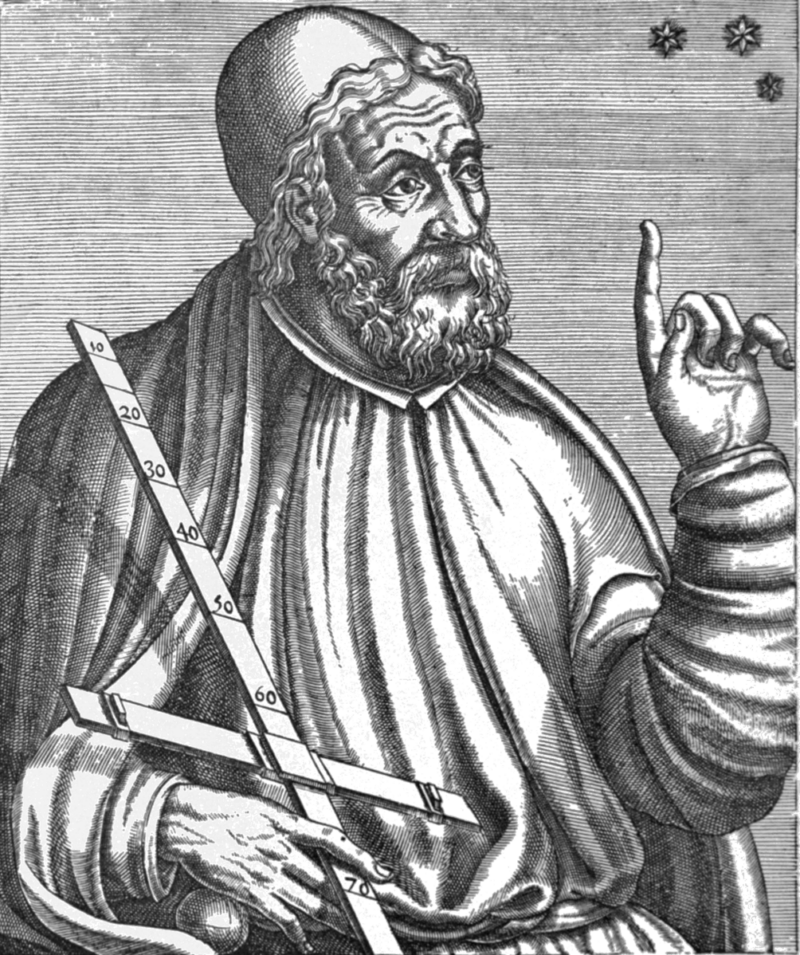
Ptolemy is known for applying math to astronomy, like applying theorems of spherical trigonometry to astrological problems. His book The Almagest, is about math and astronomy, even though at the time, people thought the Earth was the center of the universe. He was also known for his contributions to trigonometry. His table of the lengths of chords in a circle is the first table of a trigonometric function that we have.
Read more about Ptolemy at the World History Encyclopedia.
Hypatia
Egypt, c. 355–415 C.E.
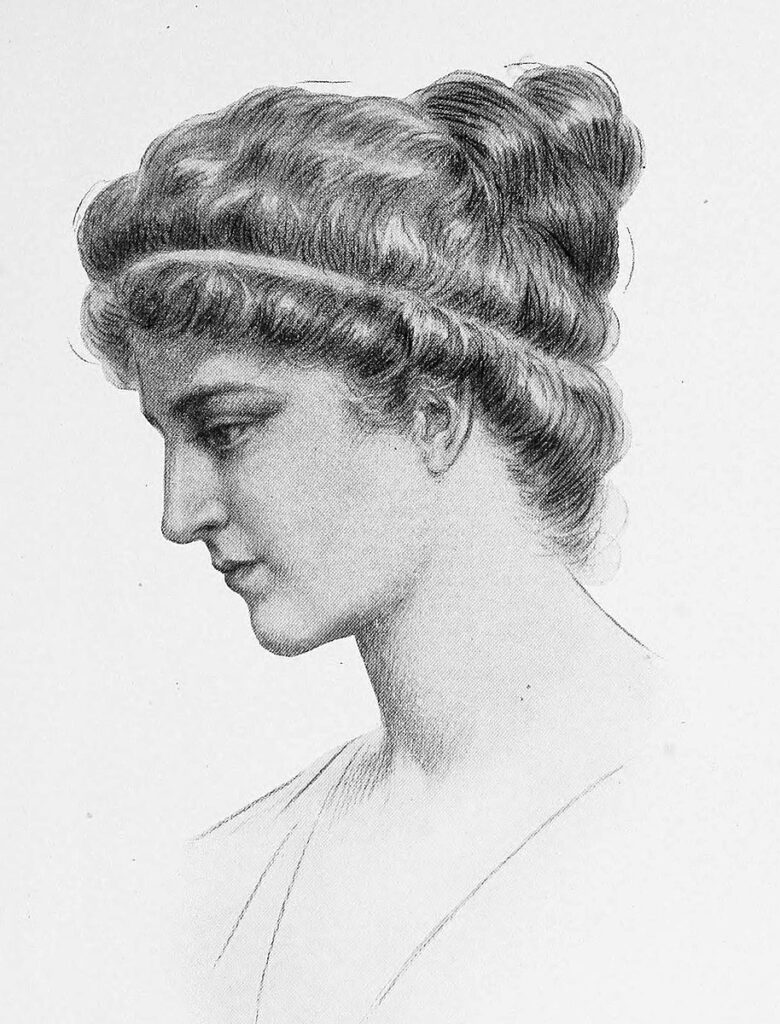
Hypatia is the first female mathematician that we have record of. In fact, during her time, she was the world’s leading mathematician and astronomer. Hypatia’s father was also a famous mathematician and astronomer, and she continued his work, with a focus on preserving Greek math and astronomical knowledge during a difficult time in history. She wrote comments on books about geometry and number theory.
Learn more about Hypatia at Smithsonian Magazine.
Blaise Pascal
France, 1623–1662
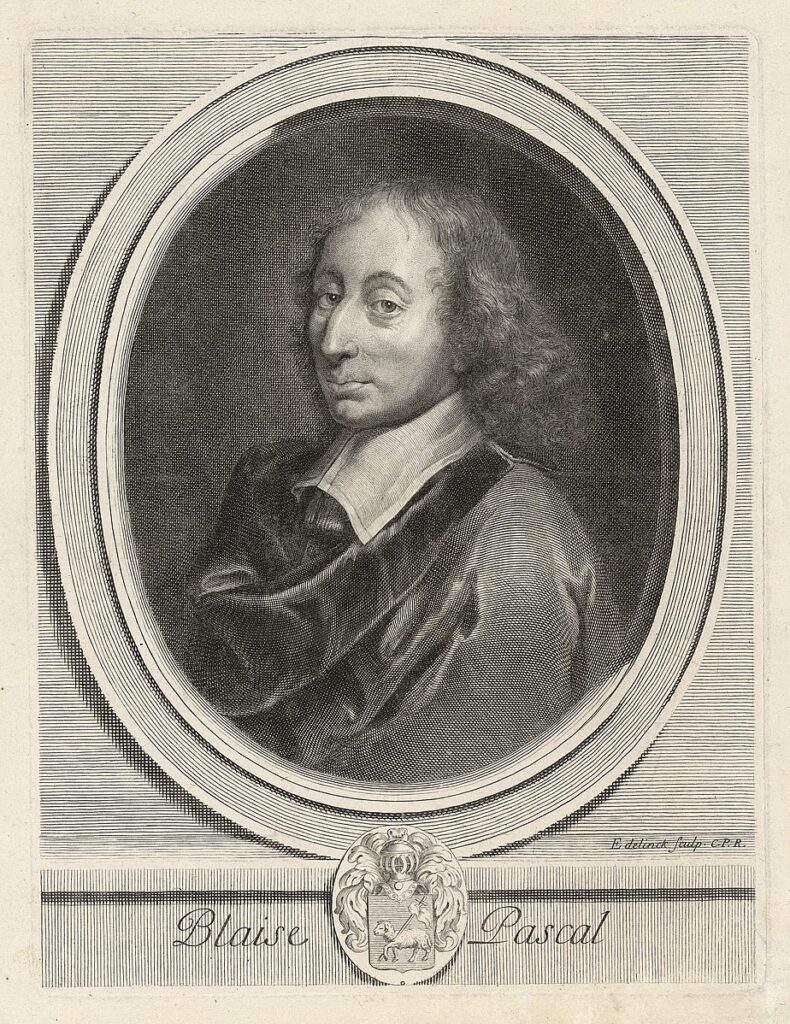
Pascal was a child prodigy whose father was a mathematician, so he accomplished a lot in his 39 years. In math, he worked on the arithmetic triangle—his book Treatise on the Arithmetic Triangle set the foundation for future geometry. He invented a machine that did calculations and helped advance calculus. He is also regarded as the founder of probability.
Learn more about Blaise Pascal at Internet Encyclopedia of Philosophy.
Leonhard Euler
Switzerland and Russia, 1707–1783
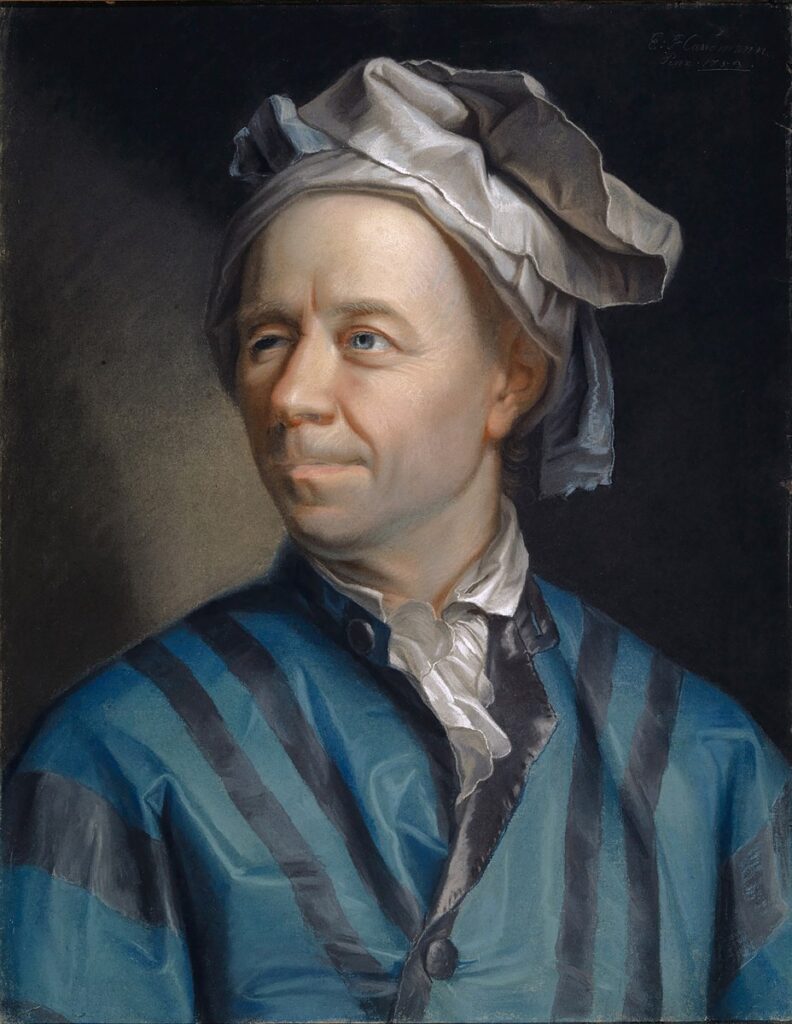
Euler was a mathematician and physicist and a founder of “pure mathematics.” He is known for finding useful ways to use math in technology and public affairs, as well as contributing to geometry, calculus, and number theory. Euler invented functional notation, f(x), and developed the trigonometric functions to show sine, cosine, and tangent. He also invented Euler’s formula, the way to show the relationship between sine, cosine, and tangent. Interestingly, Euler lost his sight, first in his right eye and then in both his eyes.
Learn more about Leonhard Euler at New World Encyclopedia.
Joseph Fourier
France, 1768–1830
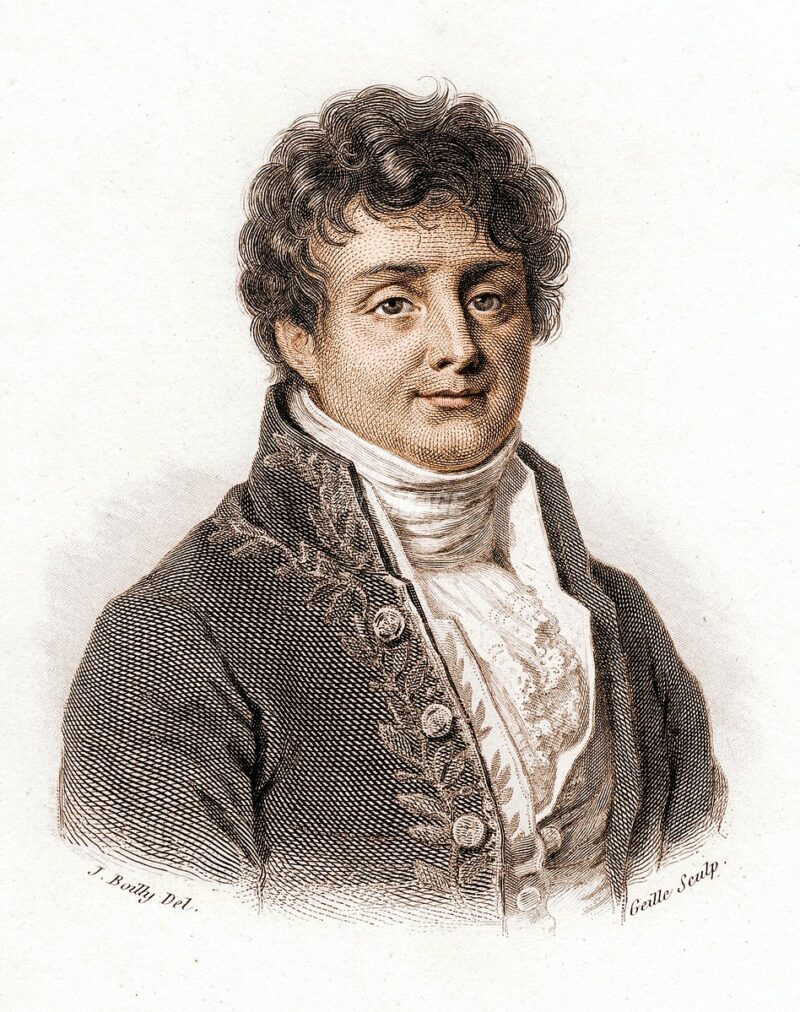
Fourier taught and studied mathematical physics, and showed how heat moving through solids can be analyzed in terms of a mathematical series of infinite sines and cosines (called the Fourier Series). His work helped scientists study boundary-value problems like sunspots, tides, and weather. He also influenced the theory of functions as a real variable, which is still studied today. Fourier lived during the French Revolution and got swept up in the revolution and its politics.
Learn more about Joseph Fourier at Britannica.
Carl Friedrich Gauss
Germany, 1777–1855
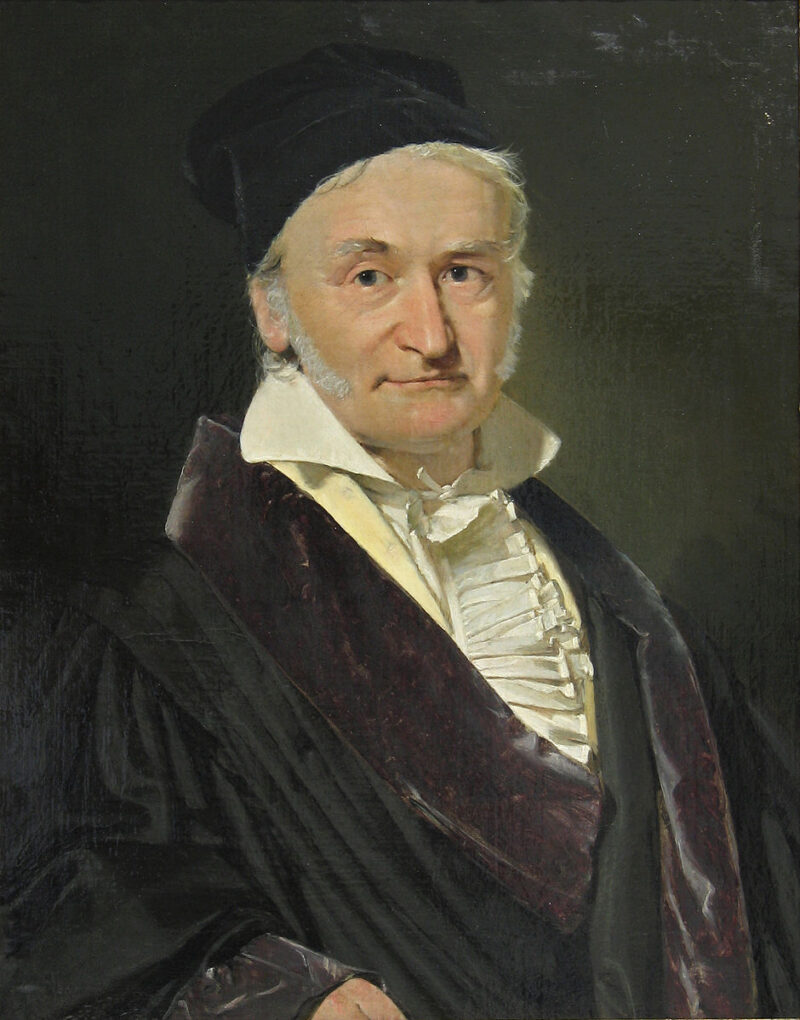
Gauss made contributions to number theory, geometry, probability theory, the theory of functions, and more. Because of the number of contributions he made to math, he has been called the Prince of Mathematics. Some of his contributions to number theory include the prime number theorem, the arithmetic/geometric mean, and the binomial theorem, among others. Gauss is quoted as saying, “Mathematics is the queen of the sciences, and number theory is the queen of mathematics.”
Learn more about Carl Friedrich Gauss at Britannica.
Charles Babbage
England, 1791–1871
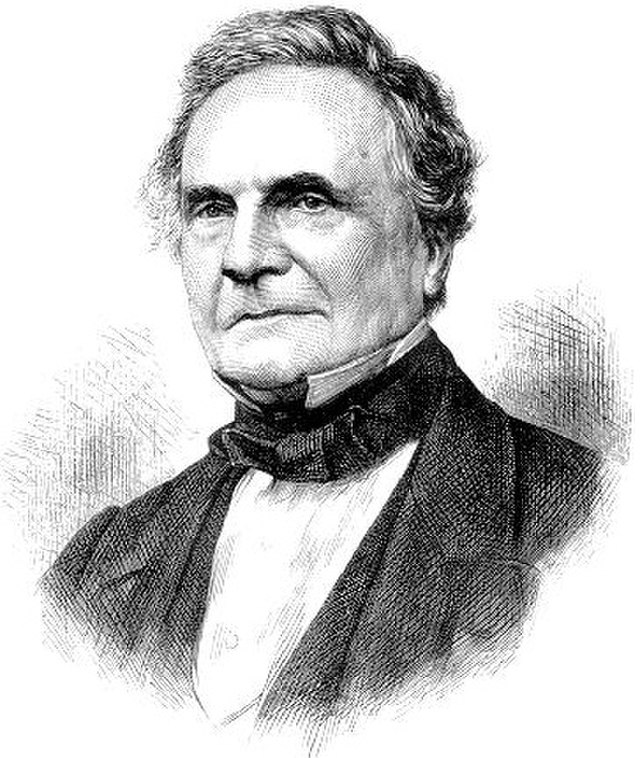
In 1812–13, Babbage got the idea to calculate math problems using a machine, and he created a small calculator that could calculate up to eight decimal points. Then, in 1823, Charles Babbage designed a machine that could perform computations based on instructions and could store information in memory, like today’s computers. He called it the “difference engine” and programmed it to calculate logarithms and trigonometric functions. At the time, Babbage designed it to be the size of a room. The actual engine wasn’t built until almost 200 years later and it worked perfectly. He also designed an “analytic engine” that was even more like a computer with printing abilities.
Learn more about Charles Babbage at Britannica Kids.
George Boole
England, 1815–1864
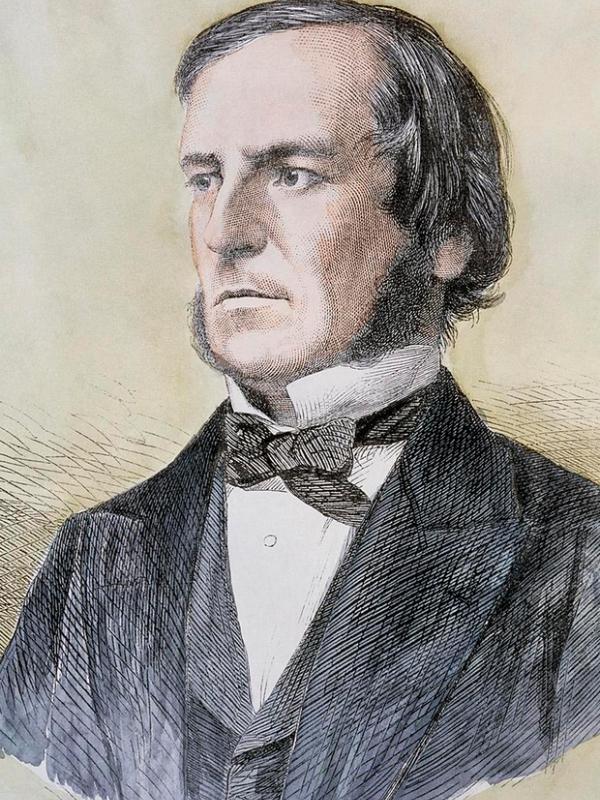
Boole is known for his work in algebra. He designed Boolean algebra (or Boolean logic), which involves logic problems and math functions using the operators and, or, and not. He also described a system where two objects were either on or off (like today’s binary system that uses either 0 or 1). His work was the foundation and start of what became computer science.
Learn more about George Boole at Totally History.
Georg Friedrich Bernhard Riemann
Germany, 1826–1866
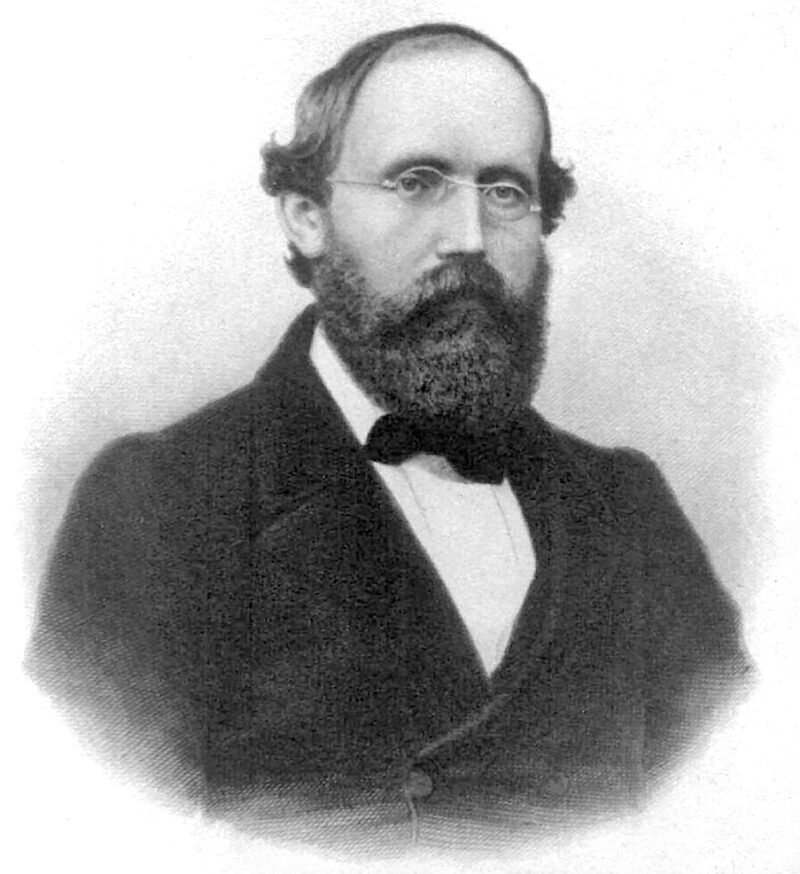
In school, Riemann was a good, but not exemplary, student. He had an interest in math and studied it on his own. Riemann used intuitive reasoning, which meant that he did not use a lot of calculations, but that also meant that his work was easier to read. He was studying at the University of Berlin when he worked out his general theory of complex variables, which is the foundation of his other work. Riemann studied under Gauss and other famous mathematicians. Riemann worked on geometry that went beyond two and three dimensions, and worked in the zeta function and in multi-dimensional complex numbers. His Riemann hypothesis is a mathematical mystery that is still unsolved even though many other famous mathematicians have worked on it.
Learn more about Bernhard Riemann at Britannica Kids.
David Hilbert
Germany, 1862–1943
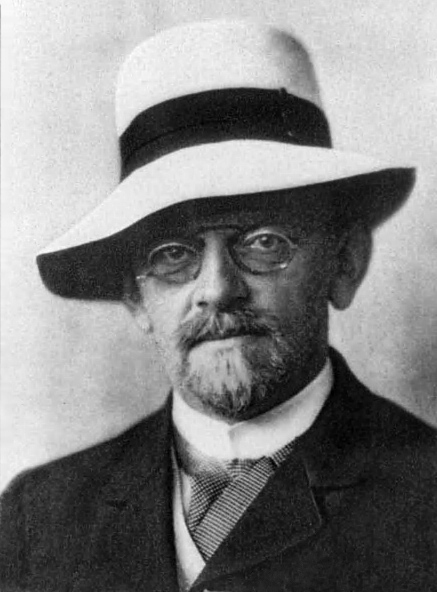
David Hilbert was at the Sorbonne in Paris in 1900 when he gave a lecture about the 23 unsolved mathematical problems of the time. The “Hilbert problems” were the focus for mathematicians during the 20th century. (Now, of the original 23 problems, 10 have been solved, 7 are partially solved, and 6, including the Riemann hypothesis and the Kronecker-Weber theorem, have not yet been solved). Hilbert also developed his own theorems and concepts, including functional analysis. He was also optimistic about mathematics and famously declared in a 1930 radio appearance, “We must know! We will know!”
Learn more about David Hilbert at Britannica.
G.H. Hardy and Srinivasa Ramanujan
England, 1877–1947; India, 1887–1920
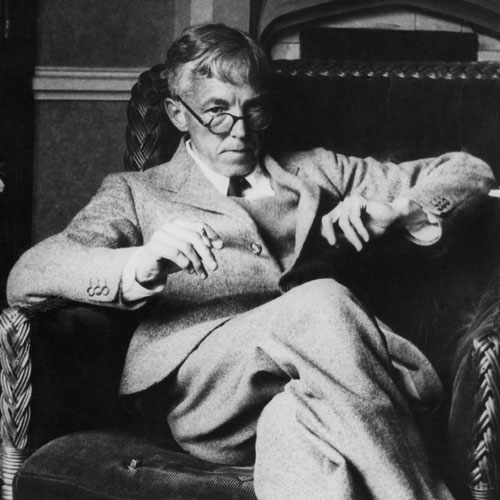
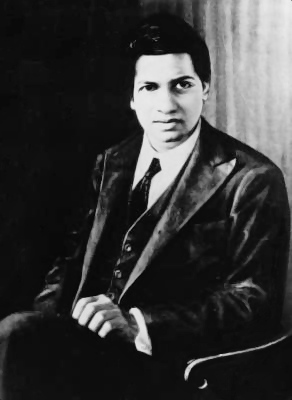
G.H. Hardy and his Indian protégé Srinivasa Ramanujan were famous mathematicians who focused on solving math problems that previous mathematicians had set out, like the Riemann hypothesis. They didn’t solve the Riemann hypothesis—they said they did but only proved that there are infinitely many zeros on the critical line. Ramanujan, who had no formal training, did manage to prove many of Riemann’s results, and said that his ideas came to him in dreams. The pair worked together at Cambridge University and had a big impact on British mathematics, though they never did fully solve the Riemann hypothesis.
Learn more about Hardy and Ramanujan at YouTube.
Emmy Noether
Germany, 1882–1935
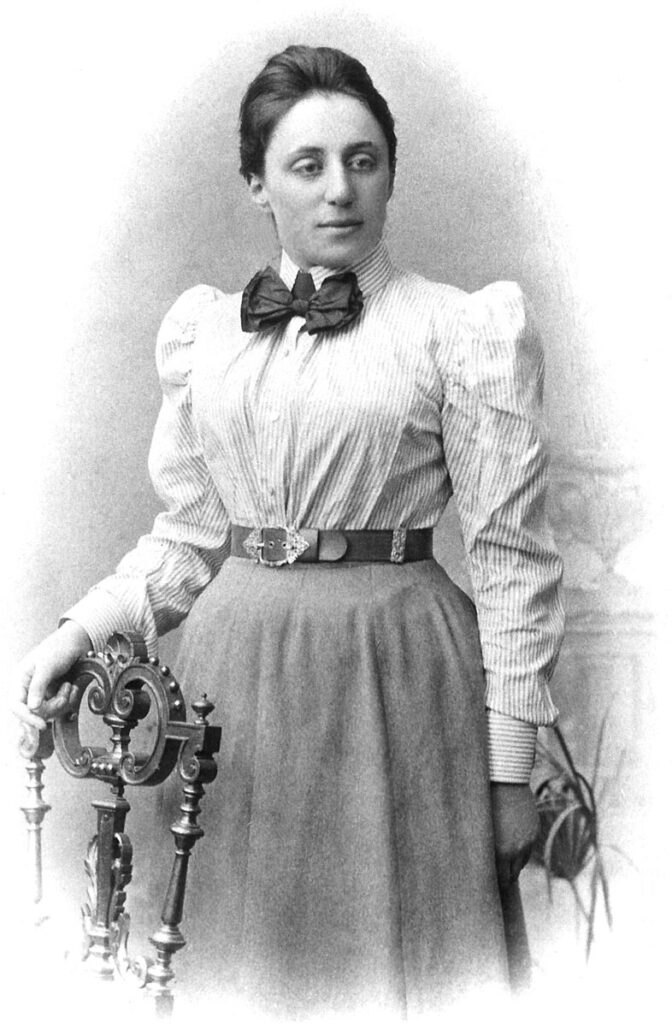
Noether was called the most creative abstract algebraist of her time. She didn’t start out studying math, instead studying what most young women at the time studied—French, English, and how to cook, clean, and play the clavier. At 18, she wanted to take math classes at the University of Erlangen, but the university refused to admit her because she was a woman. They did, however, let her sit in on a class.
She sat in on classes, without getting credit, for two years and then passed the test that allowed her to get her doctorate degree in math. After five years, Noether earned the second degree in math to be granted to a woman. But because the University of Erlangen would not hire her as a professor, she worked with her father and published papers about her work. In her life, she made many contributions to math, including studying rings, groupings, and fields in algebra. She was a teacher and published more than 40 papers about math.
Learn more about Emmy Noether at Britannica.
John von Neumann
Hungary, 1903–1957
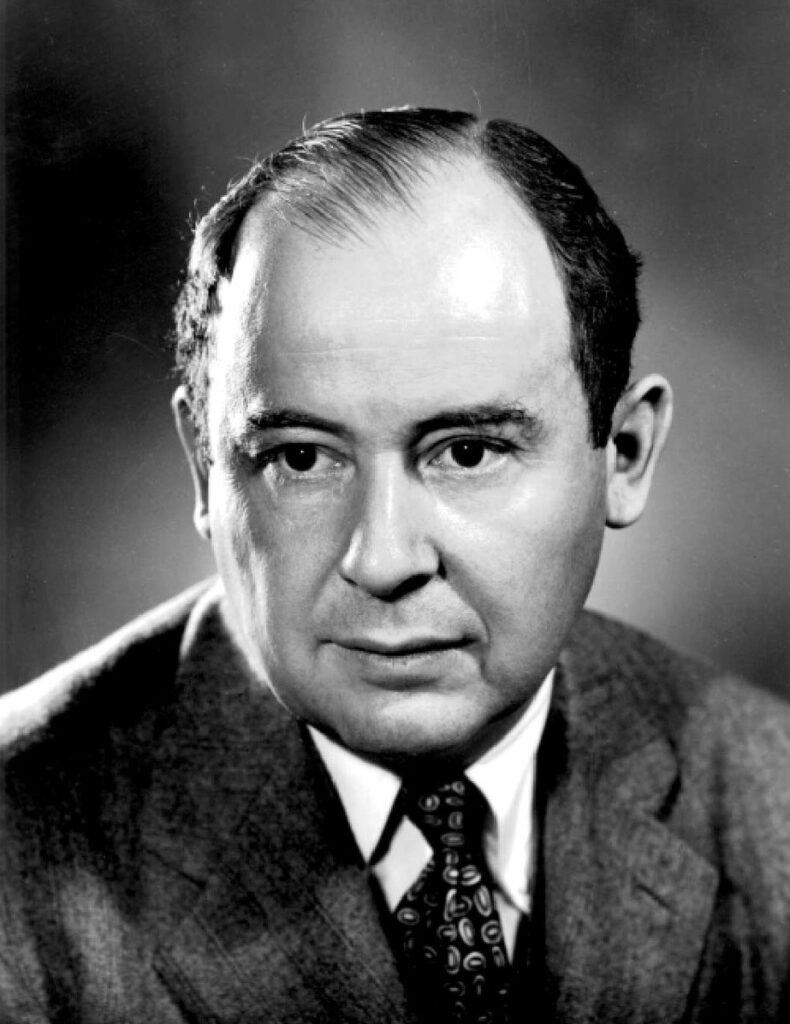
John von Neumann was a child prodigy who worked on quantum theory and the Manhattan Project. He created a design model for a digital computer that used separate storage for processing information and holding data, a structure that computers still follow. He also developed game theory, or a way to use math to analyze how people make decisions that involves other people or “players.”
Learn more about John von Neumann at Britannica Kids.
Katherine Johnson
United States, 1918–2020
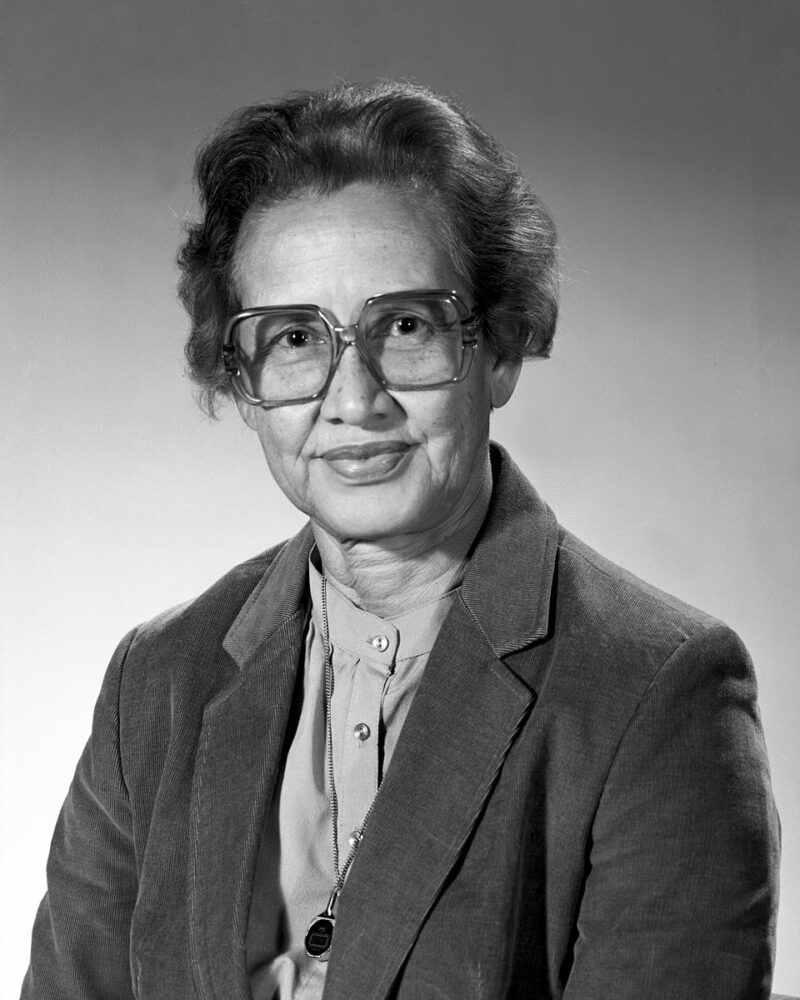
Johnson was the first African American female NASA scientist. She completed the calculations that sent Alan Shepard and John Glenn into space and was an important part of the Apollo space program. She was awarded the Presidential Medal of Freedom in 2015 and was one of the three women depicted in the book and movie Hidden Figures.
Learn more about Katherine Johnson at NASA.
Mary Jackson
United States, 1921–2005
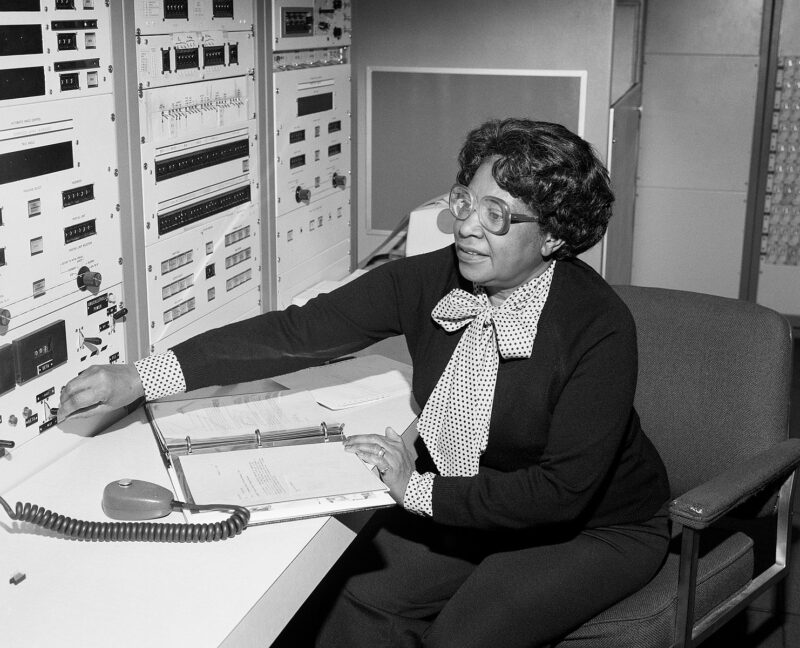
Jackson was another mathematician and aerospace engineer, and was the first African American woman to be a NASA engineer. She started her career as a math teacher and then joined the National Advisory Committee for Aeronautics (NACA) to work on American space programs. She worked with Dorothy Vaughan, another influential mathematician, to provide data that was used in early space missions. Because of segregation, Jackson often had to get special permission to take classes and further her education as she worked to become an engineer. Jackson was also depicted in the book and movie Hidden Figures along with Katherine Johnson and Dorothy Vaughan.
Learn more about Mary Jackson at Britannica Kids.
Alfred van der Poorten
Australia, 1942–2010
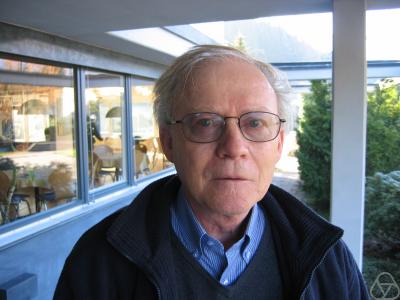
Alfred van der Poorten was a university mathematician through and through. He focused on number theory, specifically Diophantine analysis (an equation where only integer solutions are permitted), transcendental numbers, fractions, and elliptical curves. Van der Poorten made discoveries like solving Posit’s conjecture on the rationality of the Hadamard quotient theorem and on the Einstein cosmological constant. He also analyzed and wrote about other mathematician’s work, including Leonhard Euler’s.
Learn more about Alfred van der Poorten at the Australian Mathematical Society.
Maryam Mirzakhani
Iran, 1977–2017

Mirzakhani is one of the most famous mathematicians because she took an innovative approach to research in branches of math, including symplectic geometry and ergodic theory. In 2014, she became the first (and only) woman to earn the Fields Medal. Mirzakhani was interested in math from a young age and won gold medals in 1994 and 1995 in the high school International Mathematical Olympiads. She died at the age of 40 from breast cancer.
Learn more about Maryam Mirzakhani at UNESCO.
Terence Tao
Australia, born 1975
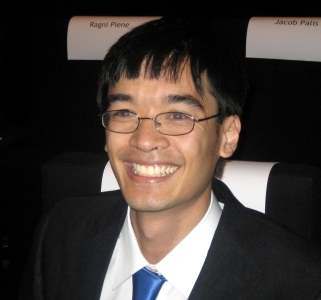
Tao is considered one of the best mathematicians alive today. He is a professor at the University of California, Los Angeles. He won the Fields Medal in 2006 for his work on partial differential equations, among other math topics. Tao’s accomplishments are original and diverse, and he has worked on projects that extend the work of mathematicians who came before him, like Albert Einstein’s theory of general relativity. Tao’s work shows that there is still a lot to be discovered in math.
Learn more about Terence Tao at Britannica.
Want to know more about famous mathematicians?
Watch this video about more famous 21st-century mathematicians:
If you liked this list of famous mathematicians, check out these Nobel Prize Winners Kids Should Know.
Plus, get all the latest articles, teaching tips, and ideas when you subscribe to our free newsletters!
